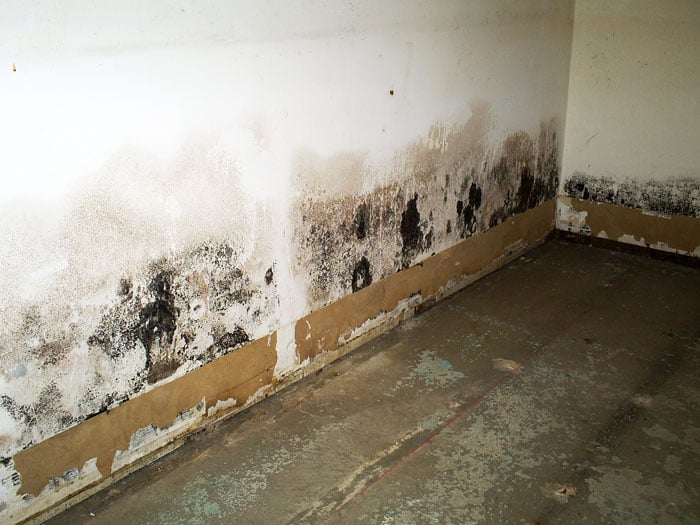6 Water Damage Reconstruction Do's as well as Don'ts.
6 Water Damage Reconstruction Do's as well as Don'ts.
Blog Article
Presented here below you can discover lots of amazing ideas regarding Simple Solutions To Preventing Fire And Water Damage To Your Home.

Water provides life, water invasion on parts where it's not meant to be can result in damages. Houses with water damage odor mildewy as well as old.
Water can come from lots of sources such as tropical cyclones, floodings, burst pipes, leaks, and also sewage system concerns. In case you experience water damages, it would be good to know some safety preventative measures. Below are a couple of guidelines on how to deal with water damages.
Do Prioritize House Insurance Coverage Protection
Water damage from flooding as a result of heavy winds is seasonal. However, you can also experience an abrupt flooding when a malfunctioning pipe instantly breaks right into your house. It would certainly be best to have home insurance policy that covers both disasters such as all-natural tragedies, and also emergency situations like broken plumbing.
Do Not Forget to Shut Off Utilities
In the event of a disaster, especially if you reside in a flood-prone location, it would be advisable to turn off the primary electric circuit. This removes power to your whole residence, preventing electrical shocks when water can be found in as it is a conductor. Additionally, do not fail to remember to turn off the major water line valve. Furnishings will certainly relocate about and trigger damages when floodwaters are high. Having the primary shutoff shut off avoids more damage.
Do Stay Proactive as well as Heed Climate Alerts
Tornado floods can be extremely uncertain. Remain prepared as well as positive if there is a background of flooding in your area. If you live near a creek, river, or lake, pay attention to emptying warnings. Secure valuables from the ground floor and also cellar, after that put them on the highest feasible degree. Doing so lowers potential residential or commercial property damages.
Don't Neglect the Roofing System
You can avoid rainfall damage if there are no openings and leakages in your roof. This will certainly stop water from moving down your walls and also saturating your ceiling.
Do Take Note Of Little Leakages
A ruptured pipeline does not occur overnight. Normally, there are red flags that show you have weakened pipelines in your home. For instance, you might see bubbling paint, peeling off wallpaper, water streaks, water stains, or leaking audios behind the walls. Eventually, this pipe will rupture. Ideally, you should not wait on points to rise. Have your plumbing fixed prior to it results in large damage.
Don't Panic in Case of a Burst Pipe
Maintaining your clearheadedness is vital in a time of crisis. Because it will stifle you from acting quick, stressing will only intensify the issue. When it involves water damages, timing is vital. The longer you wait, the even more damages you can anticipate. Thus, if a pipeline bursts in your residence, quickly turned off your major water valve to remove the resource. After that disconnect all electrical outlets in the location or switch off the circuit breaker for that part of your home. Call a trustworthy water damages reconstruction expert for help.
Water gives life, water breach on components where it's not meant to be can result in damage. Residences with water damage smell moldy and old.
Water damages from flood charges to heavy winds is seasonal. You may see bubbling paint, peeling off wallpaper, water touches, water stains, or trickling noises behind the walls. When it comes to water damage, timing is key.
Some Do's & Don't When Dealing with a Water Damage
DO:
Make sure the water source has been eliminated. Contact a plumber if needed. Turn off circuit breakers supplying electricity to wet areas and unplug any electronics that are on wet carpet or surfaces Remove small furniture items Remove as much excess water as possible by mopping or blotting; Use WHITE towels to blot wet carpeting Wipe water from wooden furniture after removing anything on it Remove and prop up wet upholstery cushions for even drying (check for any bleeding) Pin up curtains or furniture skirts if needed Place aluminum foil, saucers or wood blocks between furniture legs and wet carpet Turn on air conditioning for maximum drying in winter and open windows in the summer Open any drawers and cabinets affected for complete drying but do not force them open Remove any valuable art objects or paintings to a safe, dry place Open any suitcases or luggage that may have been affected to dry, preferably in sunlight Hang any fur or leather goods to dry at room temperature Punch small holes in sagging ceilings to relieve trapped water (don't forget to place pans beneath!); however, if the ceiling is sagging extremely low, stay out of the room and we'll take care of it DO NOT:
Leave wet fabrics in place; dry them as soon as possible Leave books, magazines or any other colored items on wet carpets or floor Use your household vacuum to remove water Use TV's or other electronics/appliances while standing on wet carpets or floors; especially not on wet concrete floors Turn on ceiling fixtures if the ceiling is wet Turn your heat up, unless instructed otherwise

We were guided to that editorial about Ways to Reduce The Risk Of Fire And Water Damage through a good friend on another site. Loved our post? Please share it. Let somebody else locate it. Many thanks for taking the time to read it.
Report this page